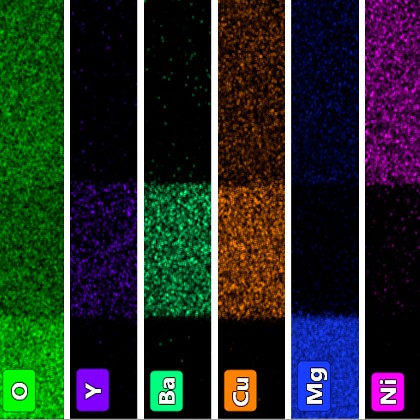Get the latest tech news
Urban spatial order: street network orientation, configuration, and entropy
Street networks may be planned according to clear organizing principles or they may evolve organically through accretion, but their configurations and orientations help define a city’s spatial logic and order. Measures of entropy reveal a city’s streets’ order and disorder. Past studies have explored individual cases of orientation and entropy, but little is known about broader patterns and trends worldwide. This study examines street network orientation, configuration, and entropy in 100 cities around the world using OpenStreetMap data and OSMnx. It measures the entropy of street bearings in weighted and unweighted network models, along with each city’s typical street segment length, average circuity, average node degree, and the network’s proportions of four-way intersections and dead-ends. It also develops a new indicator of orientation-order that quantifies how a city’s street network follows the geometric ordering logic of a single grid. A cluster analysis is performed to explore similarities and differences among these study sites in multiple dimensions. Significant statistical relationships exist between city orientation-order and other indicators of spatial order, including street circuity and measures of connectedness. On average, US/Canadian study sites are far more grid-like than those elsewhere, exhibiting less entropy and circuity. These indicators, taken in concert, help reveal the extent and nuance of the grid. These methods demonstrate automatic, scalable, reproducible tools to empirically measure and visualize city spatial order, illustrating complex urban transportation system patterns and configurations around the world.
Even previously highly-ordered urban cores can grow in entropy as later generations carve shortcuts through blocks, reorganize space through infill or consolidation, and adapt to shifting points of interest—all of which occurred in medieval Rome and Barcelona, for instance (Kostof 1991). Finally, to systematically interpret city similarities and differences, we cluster the study sites in a four-dimensional feature space of the key indicators of interest ( k̅, φ, ĩ, and ς), representing a cross-section of street network character. Sprawling, high-entropy Charlotte is in a separate cluster (alongside Honolulu) dominated by cities that developed at least in part under the auspices of twentieth century communism, including Moscow, Kiev, Warsaw, Prague, Berlin, Kabul, Pyongyang, and Ulaanbaatar.
Or read this on Hacker News
